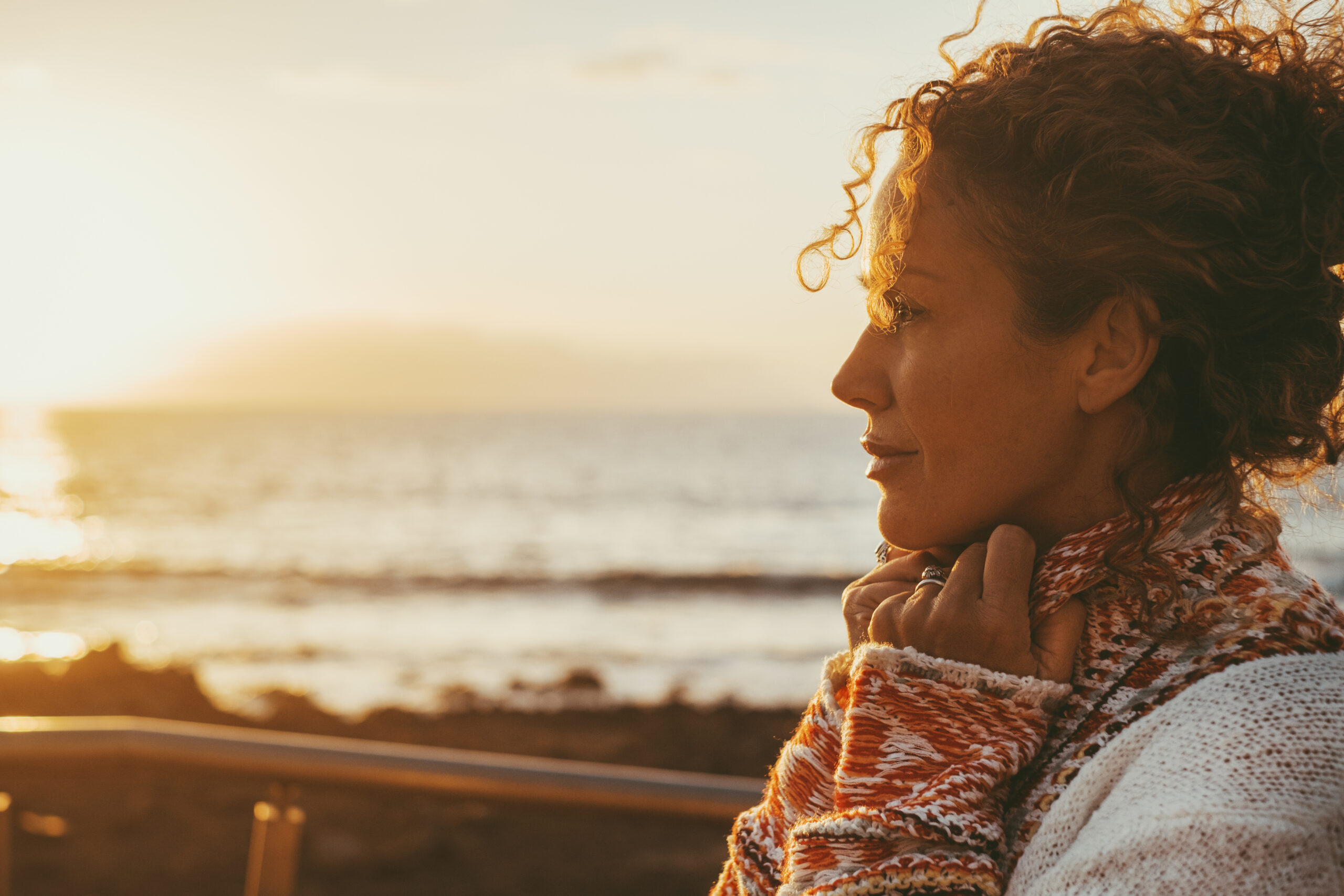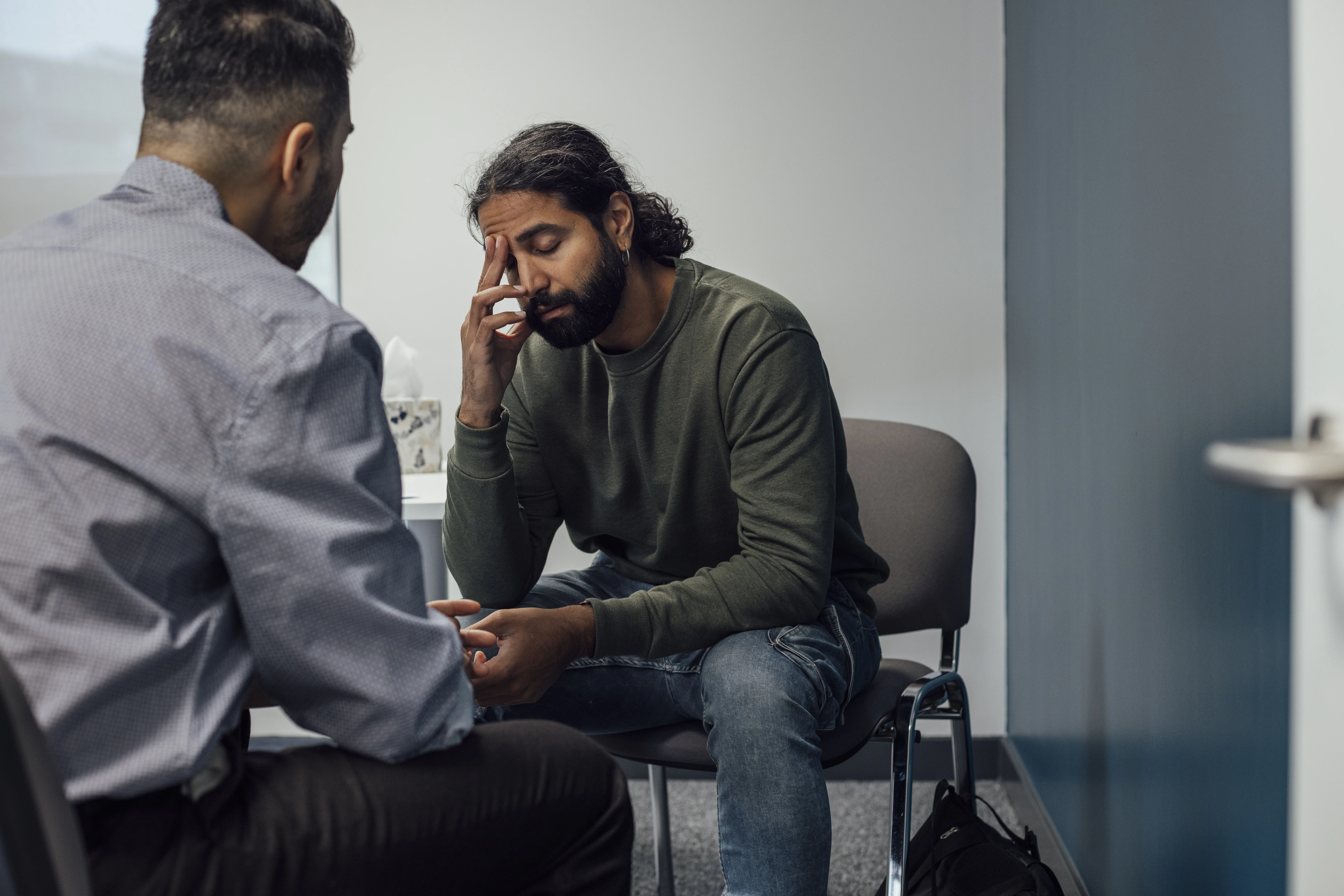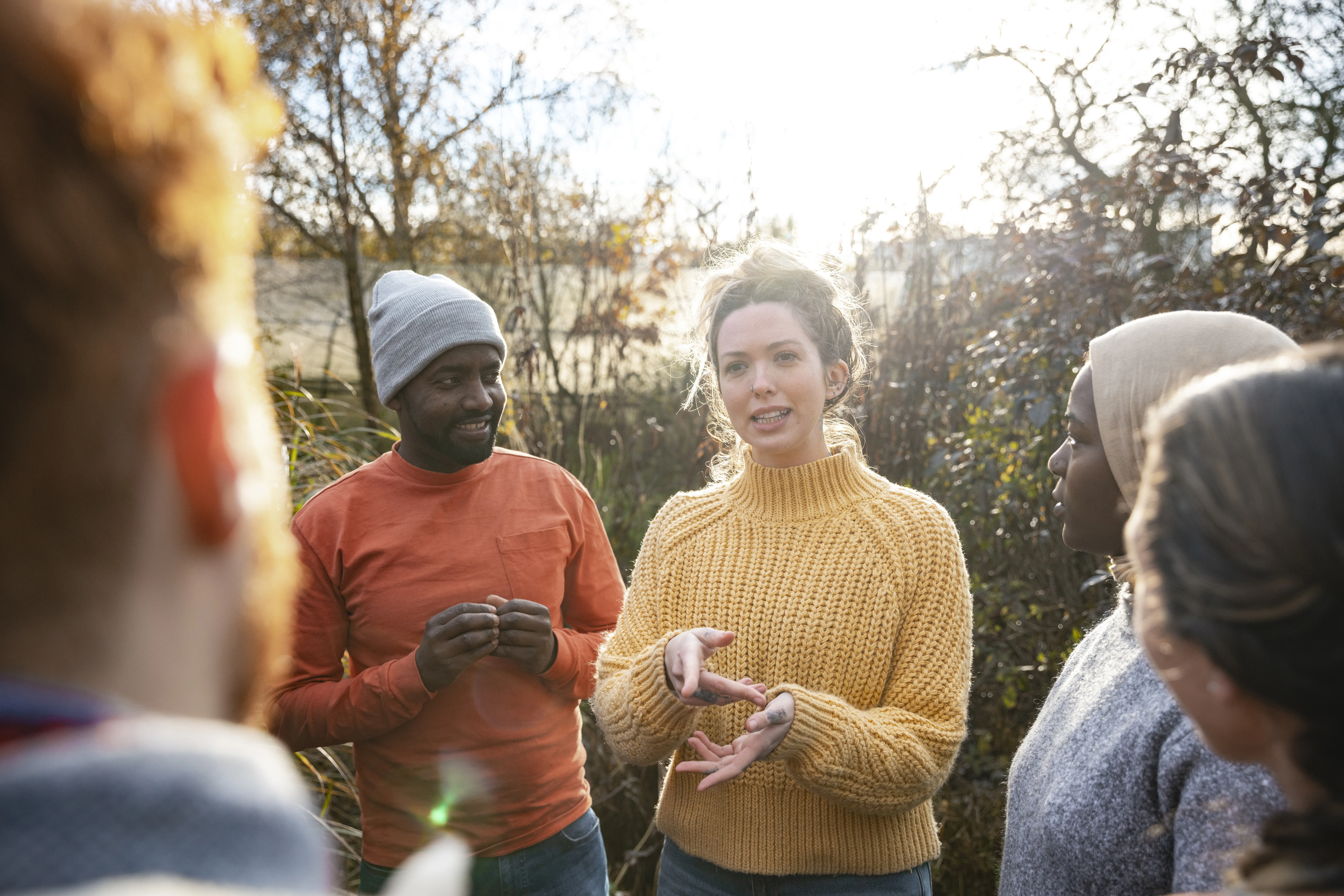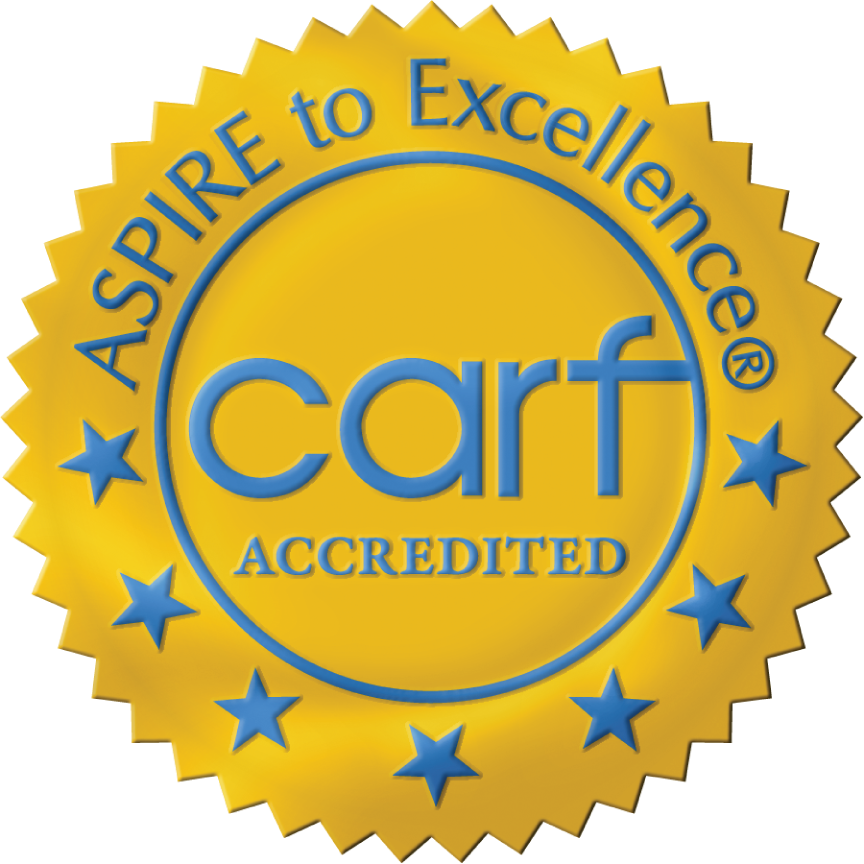
Anyone Can Benefit From Movement-Based Therapy
Nearly everyone is familiar with the concept of talk therapy, but not everyone experiences the same benefits. Sitting and opening up to a counselor for 45 minutes can feel intimidating and unproductive for some.
Thankfully, there are alternatives to talk therapy, including movement-based therapy, that get clients out of the traditional office setting and into an environment where they feel more comfortable opening up and reaping the benefits of treatment.
Are there alternatives to talk therapy?
There are countless alternatives to talk therapy, all equally effective in promoting good mental and physical health. Some of the more common options include:
- Art therapy
- Music therapy
- Mindfulness and meditation
- Animal-assisted therapy
- Physical exercise and movement-based therapy
- Nature therapy
- Cognitive behavioral therapy (CBT) outside traditional settings
- Peer support groups
Whether through creative expression, physical movement, connection with nature or community support, these alternatives can complement or replace traditional talk therapy, providing unique methods for healing and growth.
Ultimately, the most effective approach resonates with each client individually, empowering them to achieve a balanced and fulfilling mental health through personalized treatment.
What are the benefits of movement-based therapy?
Movement-based therapy is a holistic treatment that utilizes physical movement to improve mental, emotional, and physical well-being. This form of therapy is gaining recognition for its wide-ranging benefits.
Improved physical and mental health
Movement-based therapy often leads to improved physical health. Practices like horseback riding, yoga, tai chi, or other forms of movement can enhance cardiovascular health, increase flexibility, strengthen muscles, and improve overall physical endurance. Regular movement helps maintain a healthy weight, reduces the risk of chronic diseases, and enhances the body’s healing ability.
Physical activity also stimulates the production of endorphins, the body’s natural mood elevators, which can help alleviate symptoms of anxiety and depression. This form of therapy also encourages mindfulness and body awareness, which can reduce stress levels and enhance mood stability.
Emotional expression
Movement-based therapy provides a safe space to express emotions physically, which can be particularly beneficial for those who find it hard to communicate their thoughts and feelings verbally. Movement allows for the release of pent-up emotions, facilitating emotional healing and promoting a sense of freedom and relief.
Enhanced mind-body connection
Focusing on bodily movements can help individuals become more attuned to their physical sensations and emotional states. This heightened awareness can lead to a better understanding of the mind-body connection, enabling individuals to recognize and address issues before they manifest physically or emotionally.
Community building
Many forms of movement-based therapy, such as g dance or yoga classes, provide opportunities for social interaction and community building. Participating in these activities can foster a sense of belonging, reduce feelings of isolation and improve social skills.
Holistic healing
Movement-based therapy emphasizes a holistic approach to healing, addressing the interconnectedness of the body, mind and spirit. In this way, individuals can work towards balance and harmony in all their lives. This integrative approach supports long-term well-being and personal growth rather than merely addressing symptoms or isolated issues.
Is equine therapy a good option?
Equine therapy is a unique form of movement-based therapy centered on the interaction of the client and the horse. The intuitive and responsive nature of horses helps bring about mental and physical healing. Originating from the understanding that animals can profoundly impact human well-being, equine therapy has gained recognition and popularity as an effective treatment modality for various conditions.
At its core, equine therapy involves a range of activities with horses, such as grooming, feeding, haltering and leading. These activities are typically conducted under the supervision of a licensed therapist and a trained equine specialist.
The therapeutic process is designed to encourage communication, emotional regulation, and personal reflection, often in a nonverbal way. Horses, being highly perceptive animals, can mirror the emotions and intentions of humans, providing immediate and honest feedback to the client. This unique interaction often leads participants to gain insights into their own behavior, thought patterns, and emotional states.
The benefits of equine therapy are numerous and include:
- Emotional healing
- Increases in self-esteem, confidence and self-awareness
- Decrease in symptoms of anxiety, depression and stress
- A feeling of safety and support from the non-judgmental presence of the horses is particularly beneficial for those who have experienced trauma or abuse
- An improvement in social skills, as working with horses requires clear communication and teamwork;
- A better understanding of mindfulness and a solid connection to the present moment
Equine therapy provides a versatility that can be tailored to individuals of all ages and backgrounds and can be particularly effective for people with mental health disorders such as anxiety, depression, PTSD and ADHD. Children and adolescents who may struggle with traditional talk therapy often find equine therapy engaging and less intimidating.
Looking for talk therapy alternatives?
If you are seeking the benefits of movement-based therapy, especially equine-based therapy, Bluff Augusta is here to help. Call today to speak with a counselor, or fill out an online contact form here.








